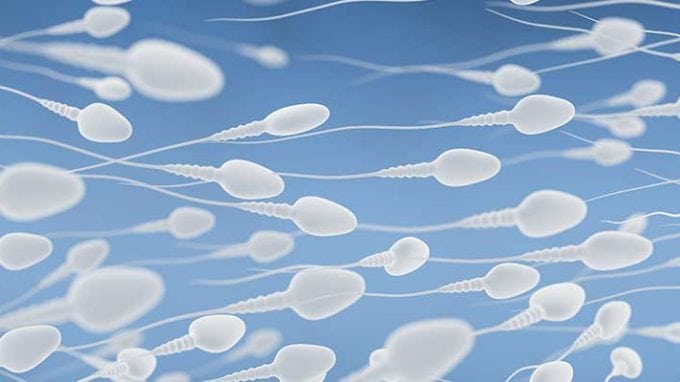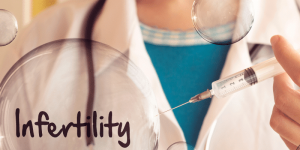New research analyzing sperm cells for infertility has not only become the concern of biology. It has become a concern of mathematics.
Dr. Dave Smith, a Senior lecturer for Applied Mathematics at the University of Birmingham, has taken the project lead of new ground breaking research seeking to solve the problem of infertility. He has pulled together a team spanning across multiple mathematic and scientific disciplines to engage in this research with him.
The Infertility Problem
Nearly one-in-six people suffer from infertility, with the larger majority being men. Expensive procedures, such as In vitro Fertilization (IVF), have become the oft sought out procedures for couples suffering from infertility. With IVF costing on average around $15,000, Dr. Smith wants to find better methods with diagnosing and solving infertility problems:
“The problem is that that the diagnostic methods used at the moment are quite coarse and there aren’t good enough tools to deal with it either. That has a very big knock-on effect because IVF is very expensive, not everyone can have the treatment, and it can be very grueling, especially for the female partner.”
Research Conducted
The new research brings together a team of mathematicians, bioengineers, computer engineers and clinicians to discover which sperm has the greatest possibility of fertilizing the egg. With the help of phase-contrast imaging, the team will catalog the different shapes and makeup of sperm cells and analyze their efficiency in movement.
From this research, the team hopes to discover the ideal shape and type of sperm for fertilizing the egg. Dr. Smith elaborates:
“We hope this could tell you not just core statistics about sperm such as swimming speed, but which ones have the ‘right stuff’ and which ones are swimming efficiently and are correctly formed. We want to provide a new way of looking at cells, what infertility is and what a cell should be able to do.”
By observing the type and shape of sperm and its ability to fertilize the egg, Dr. Smith hopes to provide vital information to infertility patients on how to properly fix their infertility problems. Whether that comes with a lifestyle change or a medical procedure, by understanding the sperm cell better infertility, according to Dr. Smith, can become a thing of the past:
“The long-term impact could lead to a better use of resources for treatments such as IVF and hopefully improved success rates. We would be able to give people the right kind of advice on lifestyle choices. For example, if smoking is damaging sperm quality we can identify that and advise the patient accordingly.”
The ultimate goal of the research is to reduce the infertility rate, bringing it to zero if possible.
Awards
The research Dr. Smith is heading up at the University of Birmingham has been one of the fortunate recipients of the much sought after Healthcare Technologies Challenge Award in the UK. The award provides additional funding to each awarded project for up to five years. The award winners receive funding from a pool of 10 million euros to further their research endeavors.
Funding
The research is funded by the Engineering and Physical Sciences Research Council (EPSRC). The EPSRC is the main UK governmental agency, with a budget of 800 million euros, to fund projects in the material and computational sciences. Their stated purpose is to make the UK the best place in the world to research, discover and innovate. Some would say, if the research at the University of Birmingham pans out, the EPSRC has certainly made its case.





